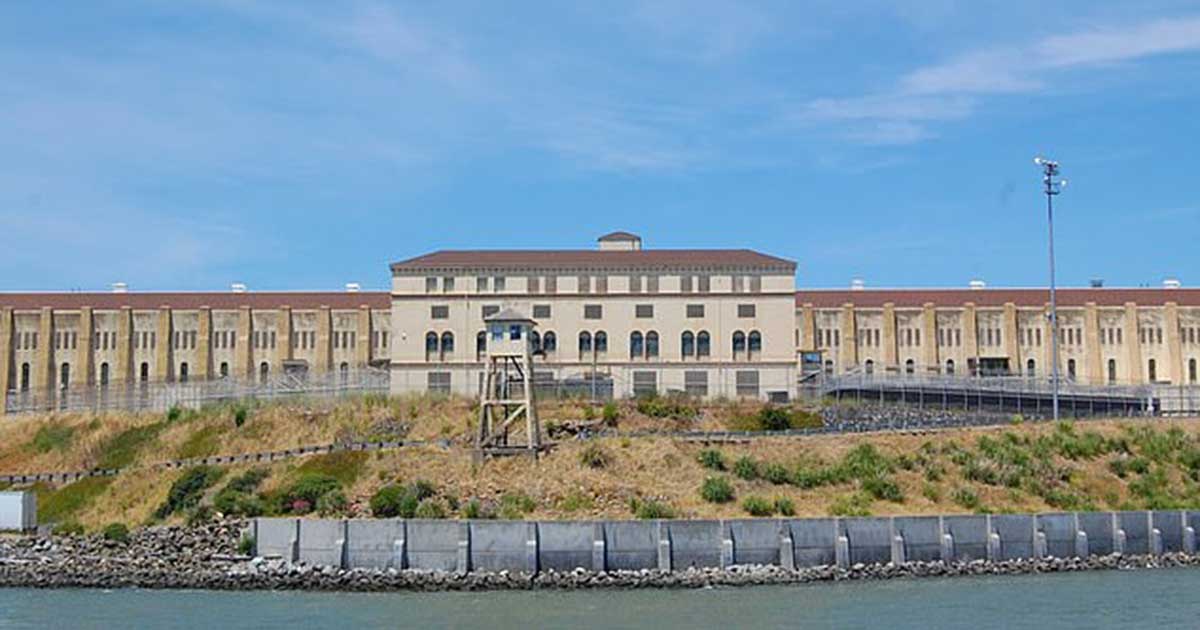Nine death row inmates at San Quentin State Prison in California died of confirmed or suspected complications from the coronavirus, as well as another four from the general population.
The latest was condemned inmate John M. Beames, who was sentenced to death in Tulare County in 1994 for first-degree murder involving a 15-month-old child.
Beames was living with a woman and her two children, including the victim Cassie McMains, when he tortured and eventually killed the child.
The autopsy revealed that McMains received a fierce blow to the abdomen that nearly split her liver in half, causing her to bleed to death.
Before her death, the toddler had suffered numerous injuries for weeks, including burns, broken bones, black eyes and ligature marks.
Defense attorneys argue that the child suffers from a brittle bone disease, and that her burns and the fatal injury were accidental.
McMains’ mother was sentenced to 25-to-life in prison for allowing the abuse to happen.
San Quentin’s 13 COVID-related deaths mark the second highest among the state prisons in California as of Wednesday afternoon.
The California Institution for Men in Chino tops the list, after reporting 19 deaths among their inmates.
Recent updates from the CDCR’s coronavirus tracker confirmed 861 active coronavirus infections, wherein 132 were new infections within the last two weeks.
1,112 inmates have recovered from being infected while 36 other infected inmates have been released.
Governor Gavin Newsom announced on July 10 that around 8,000 prisoners are to be released in an effort to contain the coronavirus outbreak at state prisons.
The first in line are low-level offenders with 180 days or less remaining in their sentences, as well as those who are at risk of getting the infection.
Newsom signed an executive order in March 2019, which places a moratorium on executions in California, and then ordered to close the execution chamber at San Quentin.



